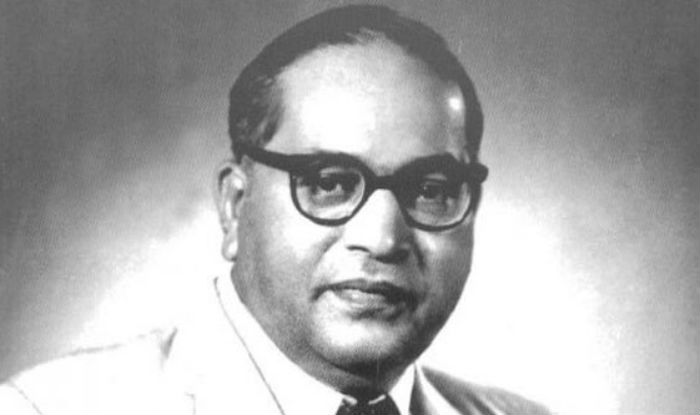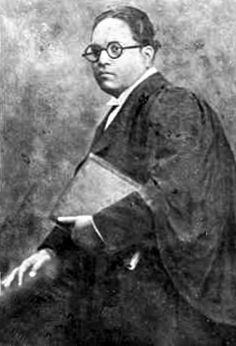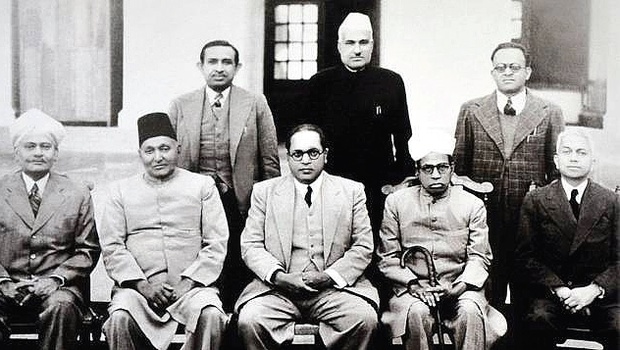Dr B R Ambedkar, Architect of Indian Constitute
Dr B R Ambedkar the Brief History:

Ambedkar, the architect of the Indian Constitute and all the political leaders and the present generations give him very respect for his generosity administration as a law minister, especially as a brilliant Indian personality. He was born on April 14, 1891, into a poor Mahar and untouchable family. He was very against the Hindu caste system and his entire social discrimination all his life. For his services, in 1990 Indian government honoured him by giving him the highest civilian award Bharat Ratna.
Ambedkar as Babasaheb:
Ambedkar was known as Babasaheb and was famous as a philosopher, orator, economist, scholar and revolutionary figure. First, he studied in local schools and later became one of the first ‘outcastes’ to obtain a college education in India. He studied law in London and also earned economics and political science master’s degrees from Columbia University and the London School of Economics. After his education in foreign countries, he returned to India as a famous scholar and practised law. Besides his law practice, he published many articles on political rights and social discrimination, how the untouchablesffacedn Indian society.
Dr B R Ambedkar Early Life:
Dr Bhimrao Ambedkar was born in Mhow, the British cantonment, and is now in Madhya Pradesh. He was the last child to his parents and the fourteen-one in the family. He called as Ramji Maloji Sakpal and Bhimabai Ambedkar. His forefathers migrated from Ambavade town and had a Marathi background. They belonged to Mahar Caste, which was treated as untouchable. His father and grandfather served in British Army. Those whose children were doing in Army had the facility to study in special schools. So Ramji Maloji was interested in working in the British Army due to this cause. So Ambedkar gained a good education. Ambedkar experienced caste discrimination during his childhood days. Later, he also faced much social discrimination, so he fought against the biases in Hindu society.
Dr B R Ambedkar Career as an Educationalist:

In 1907 he joined Bombay University after matriculation. With his brilliant progress in education, the Gaekwad ruler of Baroda supported him to continue his education. He studied at Universities in Britain and Germany. In 1916 he attained a Master’s Degree and Doctorate in Philosophy from Columbia University. Later he finished his law studies and was admitted to the British Bara as a Barrister after he returned to India in July 1924.
His works for Untouchables:
He understood the position of the Untouchable people in society and wanted to uplift them socially and politically. For this purpose, he started ‘Bahishkrit Hitkaraini Sabha’, a Welfare Association.
The substantial inequalities among the people made Ambedkar start active movements against social intolerance. With other people, he marched to open up and share public drinking water and worked against the right to enter Hindu temples by the untouched people. He became very famous when he did Satyagraha in Mahad in favour of Untouchable people to draw water from the main water tank of the town.
Architect of India’s Constitution:

Baba Saheb was brilliant and had a lot of knowledge about Indian society. He knew what was needed for the Indian people. So he played a vital role in framing the Indian Constitution. Many eminent personalities were chosen as a committee to draft Indian Constitution. Ambedkar was selected as the Chairperson of the drafting committee. He made the most significant contribution in framing the Fundamental Rights and Directive Principles of State Policy. Mainly he discussed the need for Indian people to be treated as equals and the abolition of untouchability among the people. So he stressed the necessity for Fundamental Rights for every citizen of India.
Buddhism, He believes in Gauthama Buddha:
As an anthropology, Dr B.R. Ambedkar discovered that the Mahar people belong to the ancient Buddhist people of India. During the archaic period, people were forced to go outside a village because they refused to leave Buddhist practices. So they were treated as untouchables. So Dr Babasaheb and his followers embraced Buddhism. However, Ambedkar studied the entire life of Buddhism. In 1950 he went to Sri Lanka to attend a Buddhist scholars and monks convention. On October 14, 1956, he converted to Buddhism with his supporters of nearly 500,000 and took the 22 Vows.
Final Days and Death:
Since 1948 his health has been in trouble. He had suffered in later years. 1954 he had failed eyesight and joined in Hospital. Still, he continued his participation in political issues, worsening his health. During his unhealthy period, he continued seriously writing his final manuscript, ‘The Buddha and His Dhamma’. Finally, he left all of us on December 6, 1956, at his home in Delhi.